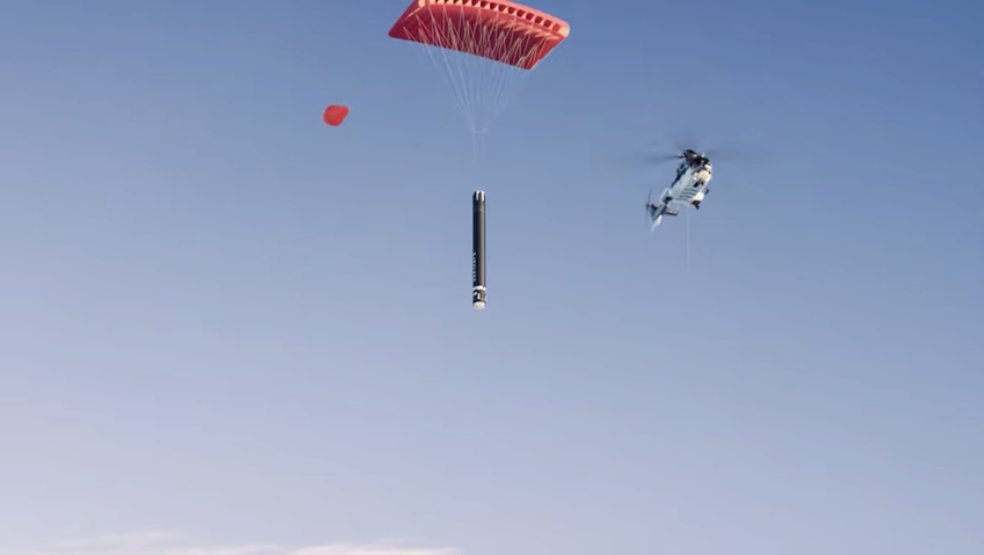Eco Wave Power Global, a provider of onshore wave energy technology, has announced receiving the final Nationwide Permit (NWP) from the US Army Corps of Engineers to deliver its innovative wave energy project in Los Angeles. This not only marks a significant step forward in developing the company’s pioneering wave energy project but also is set to become the first onshore wave energy project installed in the U.S.
The permit allows Eco Wave Power to install eight wave energy floaters on the piles of the existing wharf structure on the east side of Municipal Pier One at the Port of LA. The system also includes two 20-ft shipping containers housing the energy conversion unit which will be placed on the wharf deck and connected to the floaters.
The idea is to convert the rise and fall of floaters mounted on coastal infrastructure followed by the motion of waves into energy generation.
The movement of the floaters drives hydraulic pistons to move fluid to an accumulator on land, where pressure builds. The pressure rotates a hydraulic motor, making the generator work. Then, electricity is transferred into the grid through an inverter.
This concept was proven in tanks back in 2012 before the company scaled up to the first grid-connected pilot system in Gibraltar, operated for almost six years from 2016, and clocked up more than 49,632 grid-connected hours. In 2022, Eco Wave Power decided to relocate its wave energy array from Gibraltar to the 35-acre AltaSea campus at the Port of LA, a non-profit that focuses on scientific collaboration for climate change, food and energy supply, and ocean exploration.
In 2023, Eco Wave Power also opened a US subsidiary to serve as the base of operations for potentially tapping into the energy resources afforded by the country’s over 95,000 miles of coastline.
The company partnered with Shell in April 2024 on the Port of Los Angeles wave energy pilot and the two companies will work together on the execution phase of the project now that the permit is in place. The installation is expected to be completed by the end of 2025’s first quarter. To date, the company has already identified other potential 77 sites on the U.S. coast for adopting its wave energy technology.







